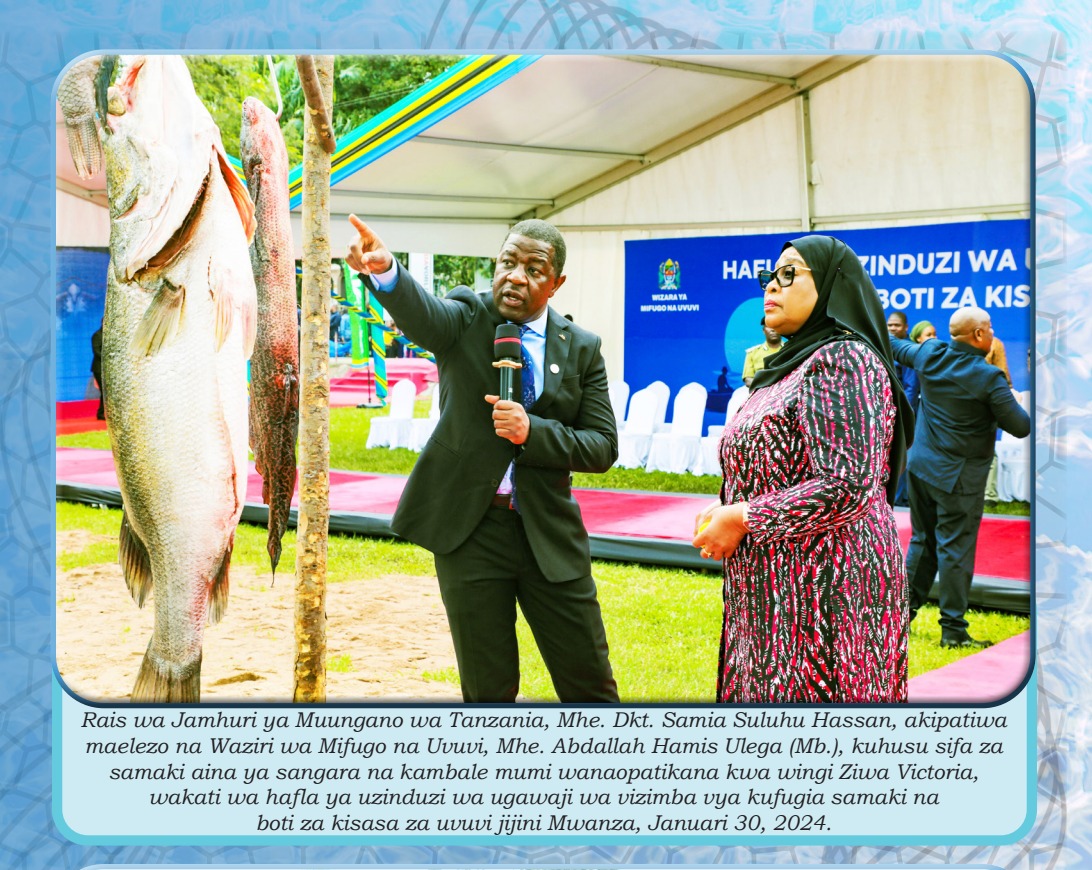In 2024/5 budget speech delivered by Hon. Abdallah Hamis Ulega (MP), Minister of Livestock and Fisheries,, the government’s commitment to strengthening livestock research and development was prominently featured. Research and development (R&D) are critical for advancing agricultural innovation, improving productivity, and ensuring the sustainability of the livestock sector. The budget outlines several initiatives aimed at enhancing R&D capabilities and driving innovation in livestock farming.
One of the major initiatives highlighted in the budget is the establishment of livestock research centers. These centers focus on conducting research and developing new methods for improving livestock productivity and health. The research centers are equipped with modern facilities and staffed by experts in animal science and veterinary medicine. They conduct studies on various aspects of livestock farming, including breeding, nutrition, disease management, and environmental sustainability. By investing in research centers, the government aims to generate new knowledge and technologies that can enhance the productivity and sustainability of the livestock sector.
The budget also emphasizes the importance of collaboration with academic institutions and international organizations. The government is working closely with universities, research institutions, and international development partners to leverage global expertise and innovation. These collaborations facilitate the exchange of knowledge and technologies, enabling Tanzania to adopt best practices in livestock farming. By fostering partnerships with leading research institutions, the government aims to enhance the quality and impact of its R&D efforts.
Innovation in livestock breeding is a key focus of the government’s R&D initiatives. The budget includes programs to improve the genetic quality of livestock through selective breeding and artificial insemination. Research is being conducted to identify and develop superior breeds that are well-adapted to local conditions and have high productivity. The government is also investing in the establishment of breeding centers that serve as hubs for breeding high-quality livestock and providing training and support to farmers. By advancing breeding technologies and practices, the government aims to improve the genetic quality of livestock and increase productivity.
Disease management is another critical area of focus for livestock R&D. The budget outlines initiatives to enhance disease surveillance, diagnosis, and treatment capabilities. Research is being conducted to develop vaccines, diagnostics, and treatments for common livestock diseases. The government is also investing in the establishment of diagnostic laboratories equipped with the latest technology. These laboratories provide accurate and timely diagnosis of livestock diseases, enabling prompt and effective treatment. By improving disease management capabilities, the government aims to protect livestock health and reduce economic losses due to disease outbreaks.
Environmental sustainability is a key component of the government’s R&D initiatives. The budget includes programs to research and develop sustainable livestock farming practices that minimize environmental impact. This includes studies on pasture management, waste management, and the reduction of greenhouse gas emissions. The government is promoting practices such as rotational grazing, composting, and the use of methane-reducing feed additives. By advancing research on environmental sustainability, the government aims to ensure that livestock farming is compatible with environmental conservation and climate change mitigation.
Public awareness and education are vital for the success of R&D initiatives. The budget includes initiatives to disseminate research findings and educate farmers on best practices. This involves the publication of research reports, organization of workshops and seminars, and collaboration with extension services. By increasing awareness and knowledge, the government aims to encourage farmers to adopt new technologies and practices developed through research. The dissemination of research findings ensures that the benefits of R&D efforts reach the farming community and contribute to improved productivity and sustainability.
The government’s efforts to strengthen livestock R&D are expected to have significant long-term benefits for the agricultural sector. Advances in breeding, disease management, and environmental sustainability lead to higher productivity and profitability, which translate into increased incomes for farmers. Enhanced R&D capabilities also mean more efficient use of resources, reducing the costs associated with livestock production. By investing in R&D, the government aims to drive innovation and ensure the long-term sustainability and competitiveness of the livestock sector.
In conclusion, the initiatives to strengthen livestock research and development outlined in the budget speech by Hon. Abdallah Hamis Ulega (MP) reflect the government’s commitment to advancing agricultural innovation in Tanzania. Through the establishment of research centers, collaboration with academic institutions and international organizations, innovation in breeding, enhancement of disease management capabilities, promotion of environmental sustainability, and public awareness initiatives, the government is taking comprehensive steps to enhance R&D capabilities. These initiatives are expected to have a significant positive impact on the livelihoods of livestock farmers and contribute to the overall economic growth and development of Tanzania.
